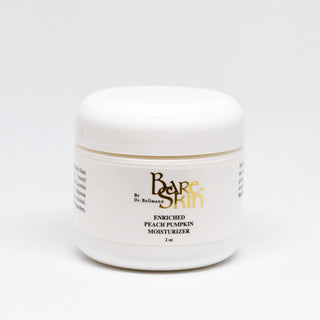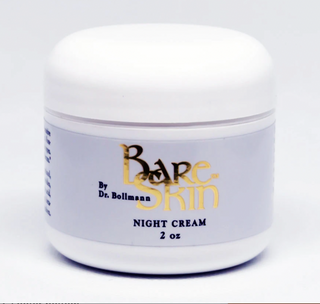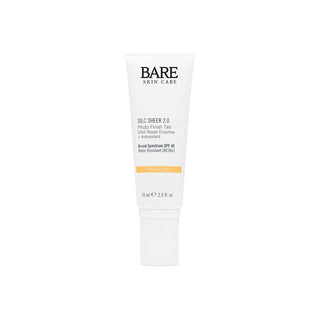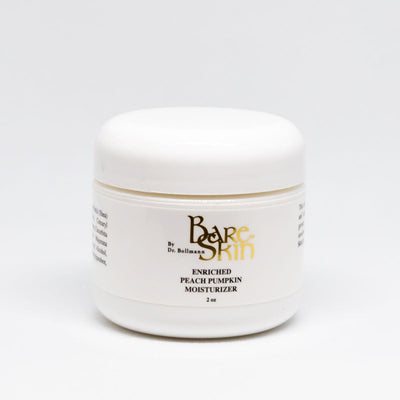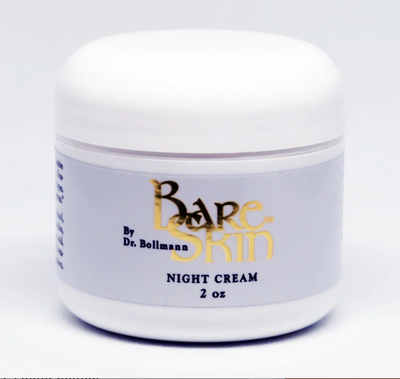 Karen McDougal, Bare Skin Care Model
Karen McDougal, Bare Skin Care Model
Dr. Bollmann Anti-Aging Tips
- general malaise
- immune system dysfunction
- male sexual and reproductive issues
- changes in the central nervous system and cardiovascular system
- changes in memory, cognition, attention, and other brain functions
- elevations in blood pressure
- skin damage
- changes in red blood cells
Because of the immense numbers of present and projected users, some scientists and public health experts are worried that even if only a small percentage are adversely affected, that could still equate to a public health issue of epidemic proportions. We offer these ten tips to minimize your cellular phone radiation exposure:
1. Call Length and Frequency
A number of the scientific studies have shown a correlation between the length of calls and/or frequency of use, with biological changes.
TIP Reserve cellular phone use for short, necessary conversations. Keep incoming mobile phone as brief as possible and return your calls on a corded phone.
2. Distance
The concentration of radiation emissions is directly related to the power of the emitting device. The farther you can put yourself from the cellular phone handset, the less emissions you will receive. Radiation from all sources obeys the inverse square law. That is, the further you are from the source the less intense your exposure to the radiation. In fact, it drops off with the square of your distance from the source.
TIP Use your cellular phone's "speakerphone" option, permitting a substantial distancing between the user and the handset during conversations.
3. Phone Antenna
There is growing consensus that cell phone antennas may be harmful to humans due to the volume of electromagnetic waves that are concentrated around it during the receipt and placing of calls. This danger is even further aggravated by cellular manufacturers who place the internal antennas close to the earpiece.
TIP Opt for cellular phones with low specific absorption rate (SAR).
4. Signal Path
The steel construction of vehicles and buildings creates an electrical shielding effect ("Faraday cage"). As a result, using a cellular phone inside an enclosed vehicle or building causes the phone to increase the power output it needs to establish a connection, receive signals, and transmit signals, all of which causes increased radiation emissions. A presentation by the House of Commons (United Kingdom) Science and Technology System reported that using a cellular phone inside an enclosed vehicle can cause radiation levels to rise by 10 times.
TIP If using the cellular phone inside a vehicle, open the window or door (if not in motion). This will improve the path for the cellular phone signals and possibly reduce the phone's need to increase its power level.
5. Phone Mode
The highest cellular phone emissions occur when the phone is establishing a connection with a base station. When using the phone in a mobile setting, the phone is constantly re-establishing its base station connection. The emissions in the mobile setting are further compounded by signal path issues (see preceding tip).
TIP When inside a vehicle, avoid keeping the cellular phone handset turned on unless you are expecting an incoming call, or making a call.
6. Carrying the Phone
Avoid keeping the cellular phone (when switched-on) adjacent to the body. In particular, do not keep it in on-mode in clothing pockets or clipped to the waist. The soft tissues of the body – namely heart, liver, kidneys, intestines, and reproductive organs – are very vulnerable to penetration by radiation, moreso than the brain (which is protected to a degree by the skull). According to a report to the Economic Union, three sudden deaths occurred from colon cancer amongst members of a secret surveillance unit of the former Royal Ulster Constabulary (United Kingdom), all of whom had worn radio or microwave transmitters in the lower part of their backs for extended periods of time.
TIP Women: carry your phone in a purse that is carried away from the body. Men: do not carry the phone in the on-mode in your chest, jacket, or pants pockets, unless you are expecting a call or making a call.
7. Eyeglass Wearers
The House of Commons (United Kingdom) Science and Technology System report also found that cellular phone users who wear metal-rimmed glasses intensify their exposure to radiation emissions to the eye by 20% and to the head by 6.3%.
TIP Take glasses off when making or receiving cellular phone calls, or wear contact lenses when using the cellphone.
8. Proximity to Base Stations
The number of "cells" (zones of service) in the geographic area, in addition to the proximity of the cellular phone to a base station, factor into the power necessary for the phone to establish a connection and receive and transmit signals. The few the number of cells, and the farther apart the baste stations, the greater the power (and radiation emission) necessary to maintain contact with the network.
TIP Many cellular phones can display the signal level at which they are operating when turned on. When receiving or making a call, take note of the reported signal level. If it is weak, keep the call short and continue it later on a corded phone or when you reach an area where the signal level is stronger.
























